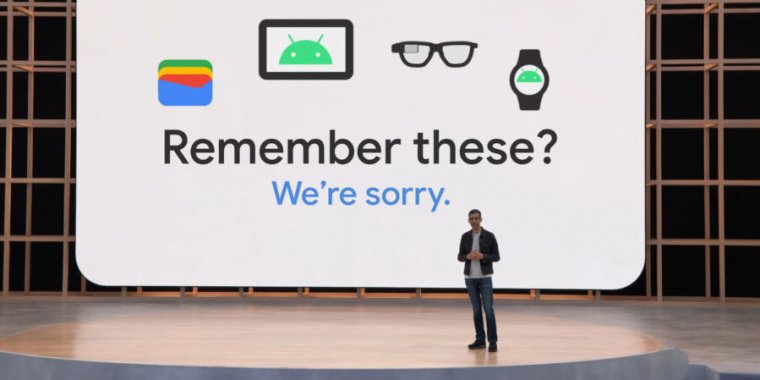Welcome to the week after Ars Frontiers! This article is the first in a short series of pieces that will recap each of the day’s talks for the benefit of those who weren’t able to travel to DC for our first conference. We’ll be running one of these every few days for the next couple of weeks, and each one will include an embedded video of the talk (along with a transcript).
For today’s recap, we’re going over our talk with Amazon Web Services tech evangelist Dr. Nashlie Sephus. Our discussion was titled “Breaking Barriers to Machine Learning.”
What barriers?
Dr. Sephus came to AWS via a roundabout path, growing up in Mississippi before eventually joining a tech startup called Partpic. Partpic was an artificial intelligence and machine-learning (AI/ML) company with a neat premise: Users could take photographs of tooling and parts, and the Partpic app would algorithmically analyze the pictures, identify the part, and provide information on what the part was and where to buy more of it. Partpic was acquired by Amazon in 2016, and Dr. Sephus took her machine-learning skills to AWS.
When asked, she identified access as the biggest barrier to the greater use of AI/ML—in a lot of ways, it’s another wrinkle in the old problem of the digital divide. A core component of being able to utilize most common AI/ML tools is having reliable and fast Internet access, and drawing on experience from her background, Dr. Sephus pointed out that a lack of access to technology in primary schools in poorer areas of the country sets kids on a path away from being able to use the kinds of tools we’re talking about.
Furthermore, lack of early access leads to resistance to technology later in life. “You’re talking about a concept that a lot of people think is pretty intimidating,” she explained. “A lot of people are scared. They feel threatened by the technology.”
Un-dividing things
One way of tackling the divide here, in addition to simply increasing access, is changing the way that technologists communicate about complex topics like AI/ML to regular folks. “I understand that, as technologists, a lot of times we just like to build cool stuff, right?” Dr. Sephus said. “We’re not thinking about the longer-term impact, but that’s why it’s so important to have that diversity of thought at the table and those different perspectives.”
Dr. Sephus said that AWS has been hiring sociologists and psychologists to join its tech teams to figure out ways to tackle the digital divide by meeting people where they are rather than forcing them to come to the technology.
Simply reframing complex AI/ML topics in terms of everyday actions can remove barriers. Dr. Sephus explained that one way of doing this is to point out that almost everyone has a cell phone, and when you’re talking to your phone or using facial recognition to unlock it, or when you’re getting recommendations for a movie or for the next song to listen to—these things are all examples of interacting with machine learning. Not everyone groks that, especially technological laypersons, and showing people that these things are driven by AI/ML can be revelatory.
“Meeting them where they are, showing them how these technologies affect them in their everyday lives, and having programming out there in a way that’s very approachable—I think that’s something we should focus on,” she said.








